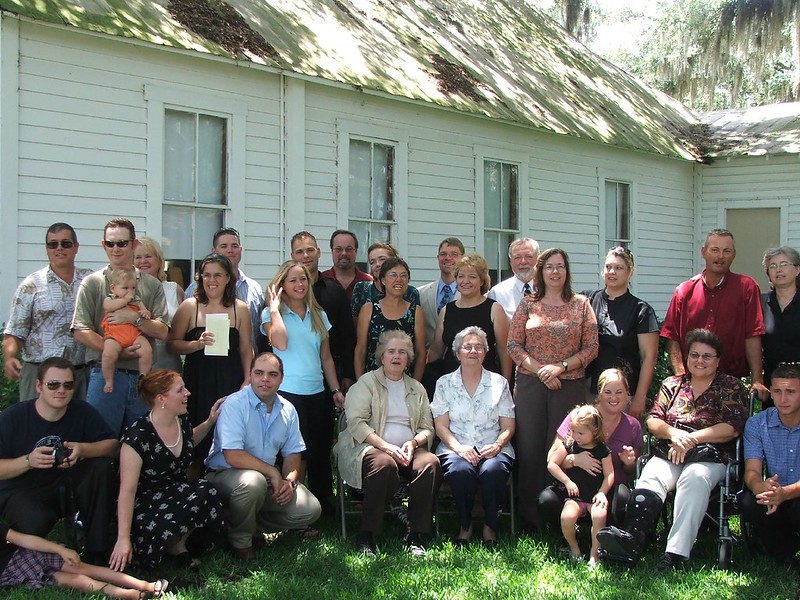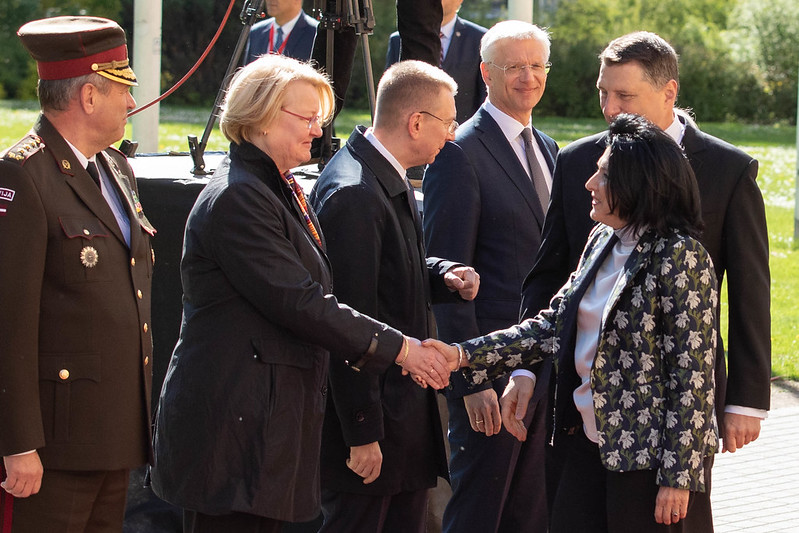 In developed countries, it can be easy to forget how invaluable a tool the internet can be in improving the everyday lives of people. In Georgia, revolutionary online programs are changing the ways that many people learn, earn and live. Almost 40% of Georgians live in rural areas, of which 27.5% are estimated to be living below the poverty line. For many of these people, unreliable access to transport, unpredictable weather and distance from urban areas make access to many services near-impossible. Internet-based innovations in poverty eradication in Georgia are proving to be beneficial in many different ways.
In developed countries, it can be easy to forget how invaluable a tool the internet can be in improving the everyday lives of people. In Georgia, revolutionary online programs are changing the ways that many people learn, earn and live. Almost 40% of Georgians live in rural areas, of which 27.5% are estimated to be living below the poverty line. For many of these people, unreliable access to transport, unpredictable weather and distance from urban areas make access to many services near-impossible. Internet-based innovations in poverty eradication in Georgia are proving to be beneficial in many different ways.
Education
Digital tools provide access to education for many Georgians, including both school children and adults. In rural areas, the rate of children completing high school is around 50%, significantly lower than that of children in urban areas (74%). This education gap is even more significant between the wealthy and poor, with the completion rate for the richest being more than double that of the poorest.
Educare Georgia is an initiative which aims to provide free access to global educational resources for Georgians. By translating more than 4,000 lessons from Khan Academy – a free source for lessons in subjects such as mathematics and science – Educare Georgia has helped connect many Georgian children to a more expansive way of learning.
Giveinternet.org is another initiative that Educare Georgia started. This service aims to provide internet access and devices to children in underserved communities and settlements for Internally Displaced Persons. What began as a project to help Georgian children has expanded to help children in other poverty-ridden countries, such as Malawi and Uganda. At present, 2,899 children in remote and marginalized areas have been provided with reliable access to the internet, ensuring equal educational opportunities.
Real-Time Jobs for Youth is another online educational project in Georgia, supported by the United Nations Development Program (UNDP) and UNICEF. It aims to provide young people from state care or marginalized backgrounds with free education on coding, digital marketing and design, as well as online freelance work. This has helped to greatly improve job opportunities for many young people. These programs are crucial innovations in poverty eradication in Georgia, allowing children of all backgrounds to receive a proper education.
Health and Social Care
Internet connectivity has had a major impact on health care accessibility in Georgia. During the COVID-19 pandemic, much of Georgia’s rural population found themselves unable to access proper health care. Many people live in mountainous regions where reliable transport is scarce and the weather can be extremely unpredictable. The vast majority of doctors in Georgia are based in Tbilisi and other urban areas, while most urban regions are critically underserved. This is especially true when it comes to the distribution of specialists, such as obstetricians and pediatricians.
A huge telemedicine initiative sought to provide improved health care to these remote areas, and the project has continued expanding since the end of the pandemic. In Georgia, approximately 93% of deaths are the result of non-communicable diseases. By providing video consultations, remote diagnostics and improving the communication methods between local doctors and specialists, many people now have access to health care and expertise which was formerly out-of-reach. One example of this improved healthcare is the more than 3,000 women now registered for cervical, breast and thyroid cancer screenings, hopefully resulting in the prevention of many deaths.
GeorgiaUnify
This expansion in online services and tools has also expanded into social care. GeorgiaUnify, a social care integration platform, developed by the Georgia Health Information Network (GaHIN), enables better communication between health care providers and social services. As stated above, much of Georgia’s rural population are unable to access or do not have transport in order to use many services. As a result, medical referrals for social care services do not always receive attention, and peoples’ situations do not improve. GeorgiaUnify notifies all parties involved of the referral, ensuring a better service. Data is also shared with local Community-Based Organizations, providing more information on housing stability, food security and transportation in order for people to access any services as easily as possible.
Agriculture
Agriculture employs around 38% of Georgia’s workforce, yet only makes up around 6-8% of Georgia’s GDP, demonstrating that many farms are underperforming or otherwise making little money. Platforms such as AgroMap, which Georgia’s Ministry of Environmental Protection and Agriculture developed, offer satellite imaging, crop analysis and weather forecasting. This data helps farmers make more informed decisions, improving yields and reducing costs. AgroMap also helps farmers access other business contacts and other support services.
The agriculture extension is another digital platform for farmers, enabling them to access online training and an electronic library of information. Farmers are now able to educate themselves on up-to-date techniques and have a better understanding of the market.
Digital tools also help with land management, irrigation planning and pest control. As a result, agricultural productivity has increased in regions where internet access is reliable, helping with the food security and economic stability of many rural communities. These support systems and data platforms are examples of practical innovations in poverty eradication in Georgia, granting a significant source of employment the chance to thrive.
Expanding Georgia’s Internet Access
The cornerstone of these advancements is the expansion of internet infrastructure. The Broadband Equity, Access, and Deployment (BEAD) is a $1.3 billion grant to expand internet access to reach all regions of Georgia. The program prioritizes communities that are currently unserved or underserved, promoting economic growth, improved education and training and access to services such as the ones listed above.
The initiative to expand access to the internet in Georgia is about much more than simply getting a 4G signal – it expands the opportunities and helps to improve the health, wealth and education of many communities. Many of Georgia’s most poverty-stricken are now able to get the tools needed to build a brighter future for themselves.
– Reuben Avis-Anciano
Reuben is based in Oxfordshire, UK and focuses on Technology and Solutions for The Borgen Project.
Photo: Unsplash

 According to a
According to a 
 Georgia, straddling Eastern Europe and Western Asia, boasts a rich history and cultural heritage but faces substantial socio-economic challenges. The country
Georgia, straddling Eastern Europe and Western Asia, boasts a rich history and cultural heritage but faces substantial socio-economic challenges. The country 



 Nestled between Turkey and Russia,
Nestled between Turkey and Russia, 